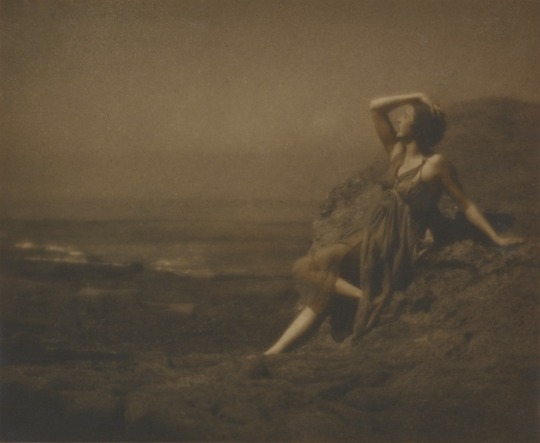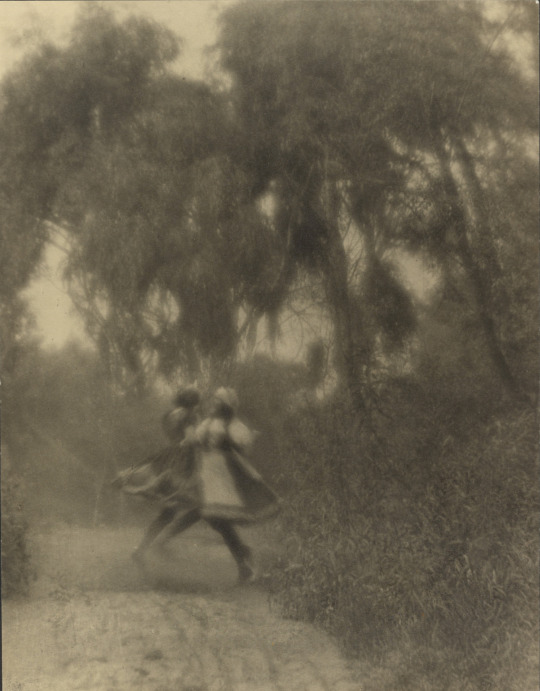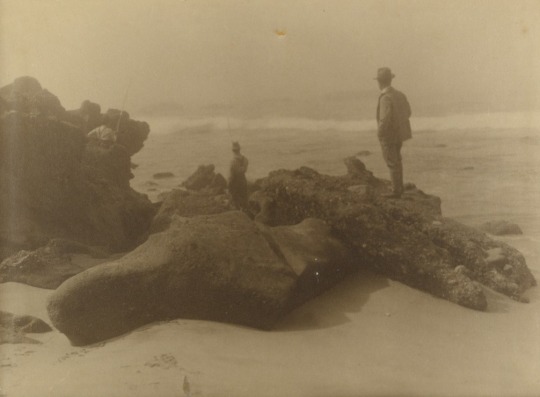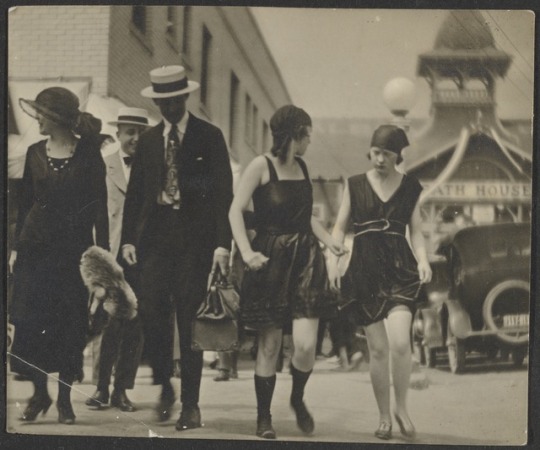#Fleckenstein
Text

Ruins of the Fleckenstein Castle, Alsace region of France
German vintage postcard
#historic#photo#briefkaart#vintage#region#the fleckenstein castle#sepia#fleckenstein#photography#carte postale#castle#postcard#postkarte#france#postal#tarjeta#ansichtskarte#old#ephemera#ruins#postkaart#alsace#german
13 notes
·
View notes
Text
Clothing, Claiming, and Negotiating: The Imagery of “Non-Normative” Bodies
Key (or New) Terms
Body schema— non-visual sensing of the body, including haptics, proprioception, or spatial awareness of the body and interoception, or awareness of the body’s internal state (Featherstone qtd. Manivannan 66)
Cartesian perspectivalism—the eye creates a two dimensional, artificial image of a 3D scene that is decontextualized, held up in a vacuum, and assumed to be a real, authentic reflection of reality (Hum 110-111).
Scopic regimes—culturally specific ways of interpreting what we see that seek to organize reality into one essential socio-historical construct (Hum 108).
Polymorphic literacy—a constantly evolving, multifaceted literacy made up of verbal, graphic, and mental (visual-kinesthetic space, reality in the absence of reality) (Fleckenstein 623).
I knew that my choice to host this blog on Tumblr, my first social media platform and online “home”, would eventually resonate with the contents of this course. I just didn’t expect it to come so soon! As I read Michelle Grue and Vyshali Manivannan’s pieces on role that clothing plays in navigating academia as a person of color or a visibly disabled person, I thought of my “main” blog. Just a tab away from where I’m composing this post waits a collection of historical and cultural fashions and aesthetics cultivated over the course of years, interspersed with quotations from literature, scholarship, and the work of historical interpreters, reflecting my own evolving relationship with history, fashion, academia, disability, and authenticity over the years. I find myself wondering what I would uncover if I examined that collection for markers of class and “authenticity”. How have I negotiated with what Sue Hum calls the “dynamic of universality”—have I looked for or considered the historical, social, and economic tides that brought content to my dash, or have I allowed what I saw to be reduced to a flattened, commodified “reality” of other cultures focused on what we in the West would like to believe we all, as humans, share?
Manivannan’s “But You Look So Well” brought this home for me in a very real way. Since I am visibly disabled, “dressing sick” or “dressing well” aren’t a concern for me in the same way as for her. I carry obvious, universally (Western) symbols of “sickness” with me everywhere. But I do find myself having to dress in ways that reinforce a sense of belonging in academia. At my undergraduate institution, I was once stopped on my way to class (in sweatpants and a t-shirt) and kindly asked if I needed help getting back to a program for special education high school students that sometimes ran on campus. In a dress and a blazer (especially the blazer, which seems to impress undergraduates) I am much more reliably clocked as an academic. As Manivannan notes, these more formal or ostensibly intellectual ways of dressing reflect a sense of neoliberal independence and “ownership” of pain that people with intellectual disabilities, especially, are stereotyped as not possessing. This speaks to Sue Hum’s assertion that Western society calls for an ostensibly objectivist way of seeing—what looks, to our sensibilities, as “authentic Chinese culture” is authentic, and what looks, to us, like an unintelligent person must be so.
Moreover, I’m aware that these standards are in some ways highly specific to me as a white woman. As Grue notes, the standard, “serious” styles that work well for white women seeking to be taken seriously can get Black women stereotyped as angry or unnecessarily severe. Grue’s piece offers a powerful reminder that clothing, like other imagery, is never neutral. I was especially struck by Grue’s reflection that Dr. Tamora “needs to perform a certain way to protect her body and her intellect, so she can do the work she wants to do.” I’ve often regarded signifiers or stereotypes of intellectualism (books, overtly academic vocabulary) similarly, as armor I can wield against societal stereotypes and prejudices surrounding the “useless”, naïve disabled person—a category I fought not to be included in growing up.
Now, I strive to conceptualize my disability as a key part of what Fleckenstein might call a home place—a kind of mental map that integrates all aspects of my disability and identity in a way I can return to, draw language from, to build solidarity with others rather than defining myself in opposition to others. Perhaps especially in online spaces, I think it pays to be aware of how our imagery (mental, visual, verbal, or sartorial) positions us in relation to others (the Other); online, as elsewhere, our presentation is deeply rooted in identity and experience, even when it isn’t intended to align directly with our everyday selves.
0 notes
Text

Lactancia materna en la época victoriana.
Louis Fleckenstein, 1900.
201 notes
·
View notes
Text

The Veiled Lady, Louis Fleckenstein, late 19th to early 20th century
#photography#vintage#vintage photography#black and white photography#american#louis fleckenstein#19th century#20th century#19th century photography#20th century photography#gelatin silver print#portrait
73 notes
·
View notes
Text

Thirty-third Street, ca. 1930.
Photo: Louis Fleckenstein via the J. Paul Getty Museum
#vintage New York#old New York#1930s#Louis Fleckenstein#33rd St.#Manhattan#vintage NYC#vintage NY#sepia photography#street scene#early photography
385 notes
·
View notes
Text

Portrait of Carl Sadakichi Hartmann, ca. 1915 - by Louis Fleckenstein (1866 - 1943), American
37 notes
·
View notes
Text

Louis Fleckenstein
Beth Beri 1920
39 notes
·
View notes
Text

Photo by Louis Fleckenstein, 1907-1943
46 notes
·
View notes
Text




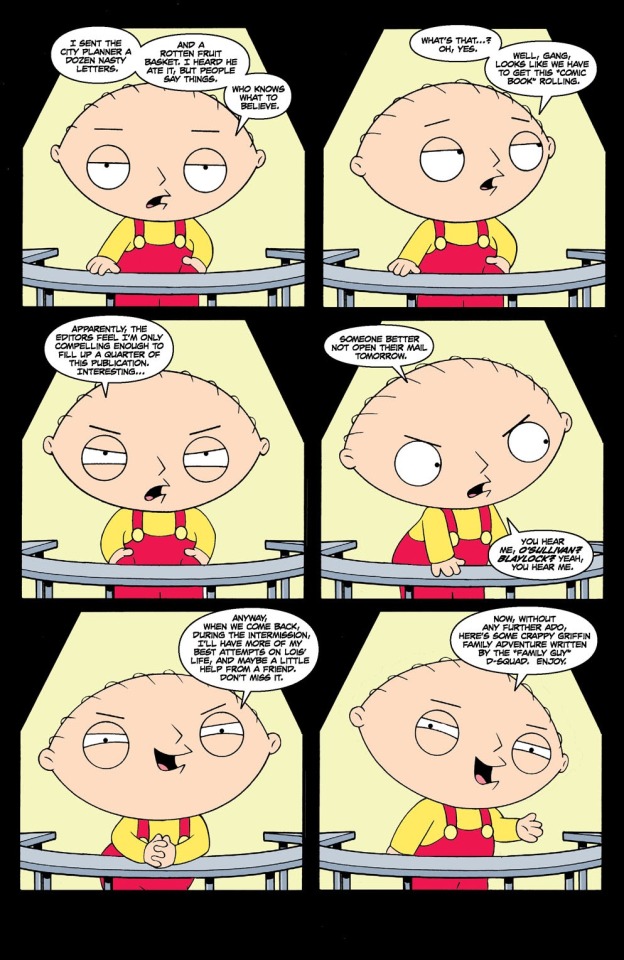
Family Guy #1
Writer: Matt Fleckenstein
Pencils*: Ben Phillips & Rich Koslowski
Inks: Clayton Brown & Robert Grabe
Colors: Yesflat & Rudy Hall
Letters: Brian Crowley
#Devil's Due Publishing#Family Guy#Stewie Griffin#Lois Griffin#Matt Fleckenstein#Ben Phillips#Rich Koslowski#Clayton Brown#Robert Grabe#Yesflat#Rudy Hall#Brian Crowley#2006#Archie Sonic Contributors
28 notes
·
View notes
Text
REVIEW: The Saga of Bödvar Bjarki Vol. 2 - The Real Beowulf and Grendel´s Mother (2022)
REVIEW: The Saga of Bödvar Bjarki Vol. 2 – The Real Beowulf and Grendel´s Mother (2022)
A Graphic Novel by Volkmar Fleckenstein
In volume one of Volkmar Fleckenstein‘s gorgeous graphic Nordic Saga The Saga of Bödvar Bjarki Vol. 1 – The Real Beowulf and Grendel, we bore witness to the legendary battle between Bödvar Bjarki and the tyrannical Agnar Ingjaldson (Grendel), characters that bear more than just a passing resemblance to the literary Beowulf and Grendel. Agnar is the leader…
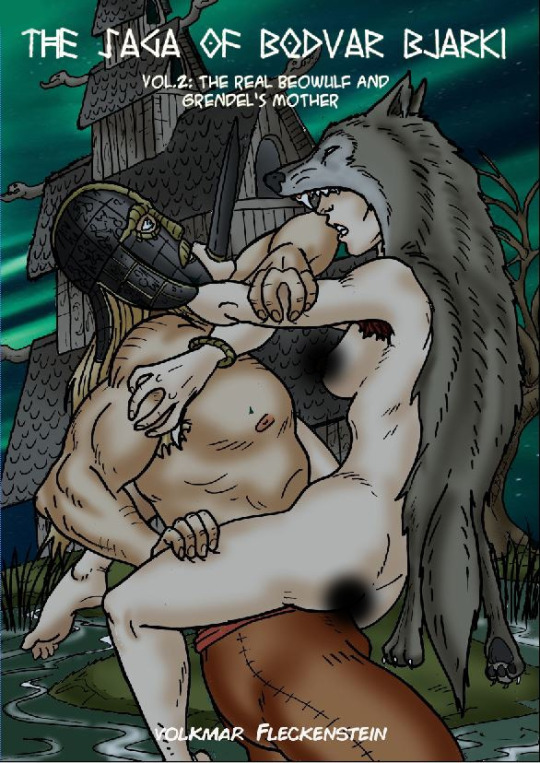
View On WordPress
#Beowulf#Bodvar Bjarki#comic#comic book#comic reviews#comics#Geats#Grendel#Icelandic Sagas#norse pagan#pagan#Pagan Comics#paganism#Sagas#Scylings#viking#viking age#vikings#Volkmar Fleckenstein
2 notes
·
View notes
Text

Woman Feeding Puppy by Louis Fleckenstein
1 note
·
View note
Text

Romy Klerks by © Andrea Fleckenstein
0 notes
Text

"Shampoo Day"
Los Angeles, early 1900s
rayeshistory.com
0 notes
